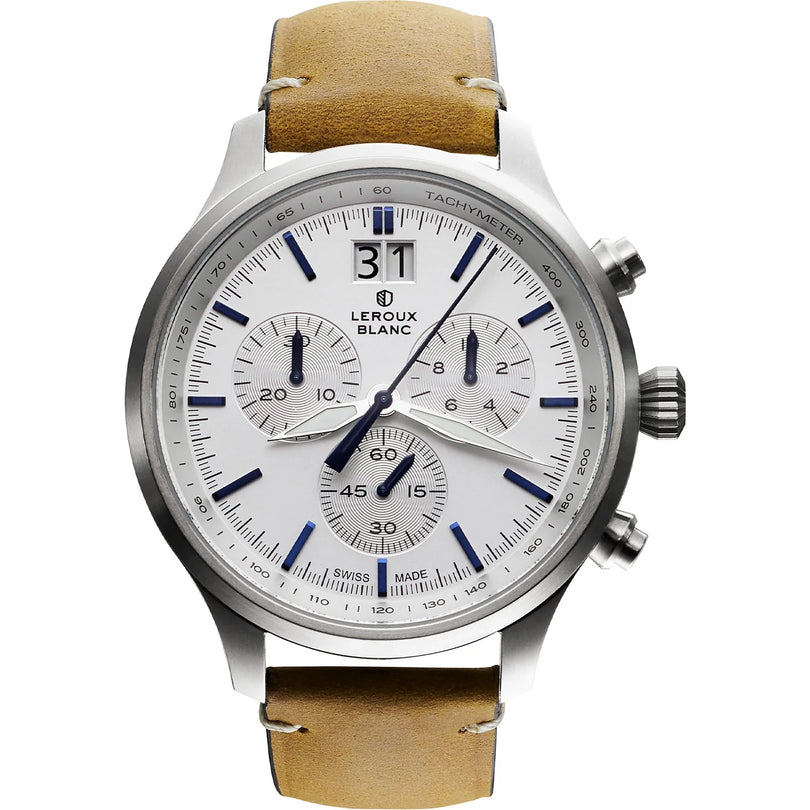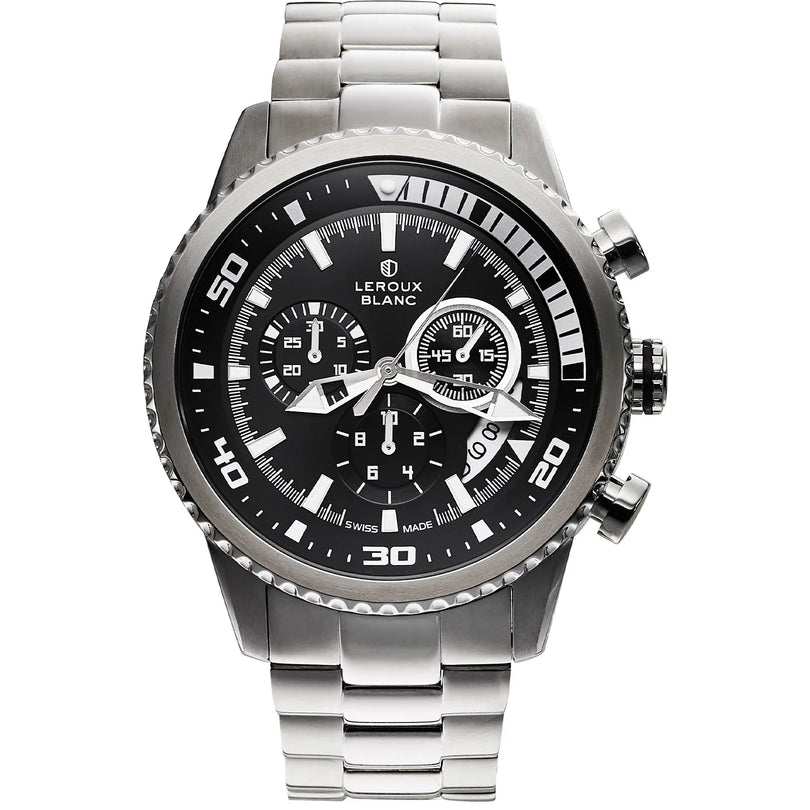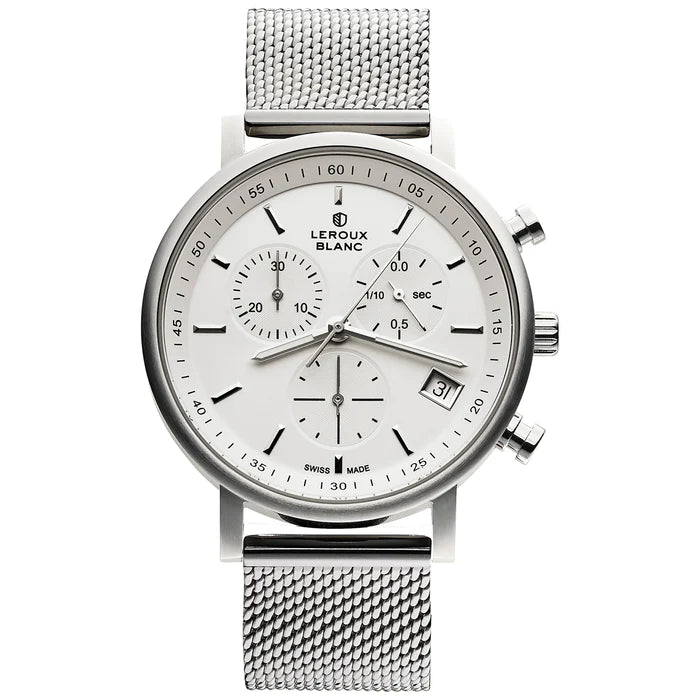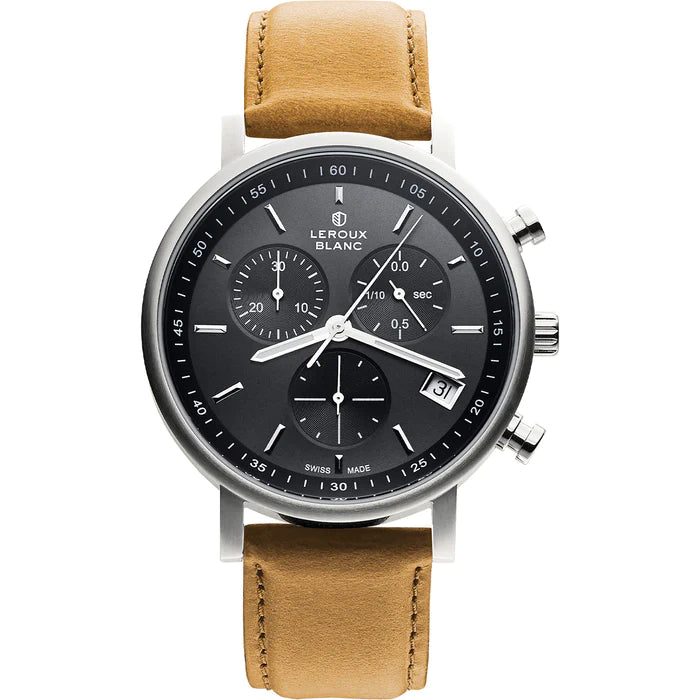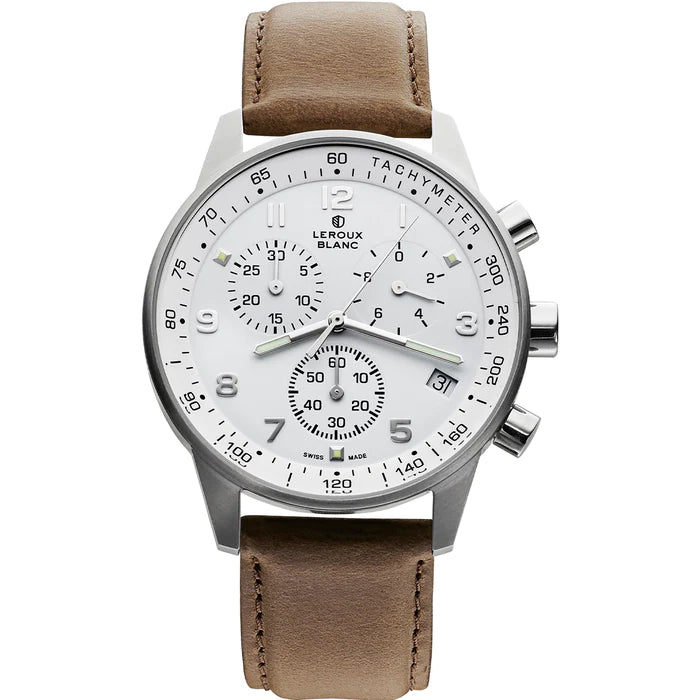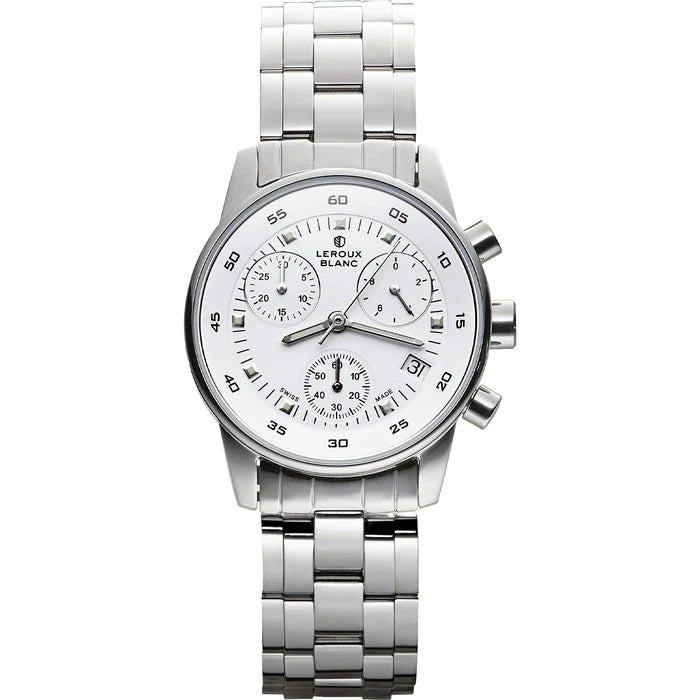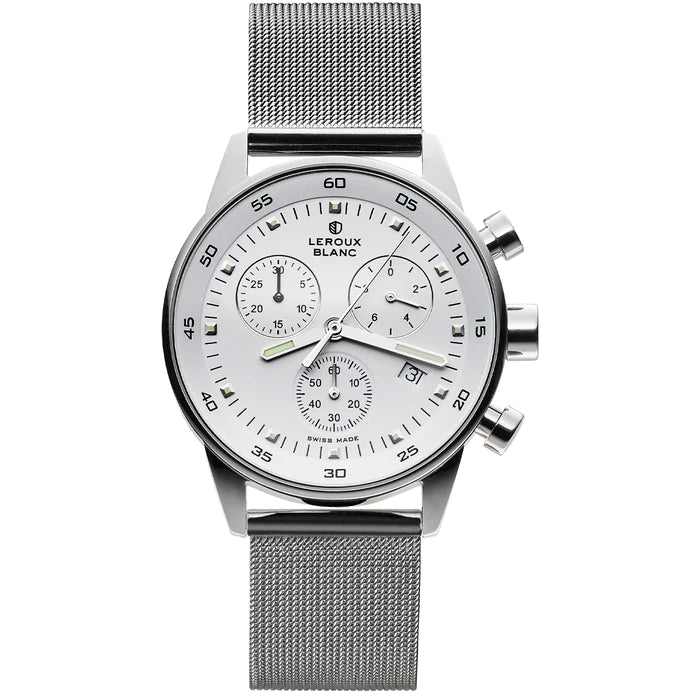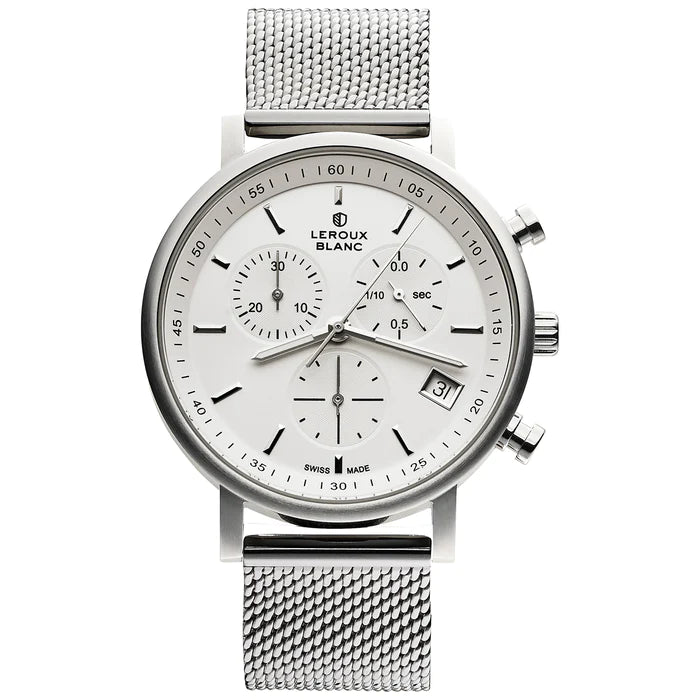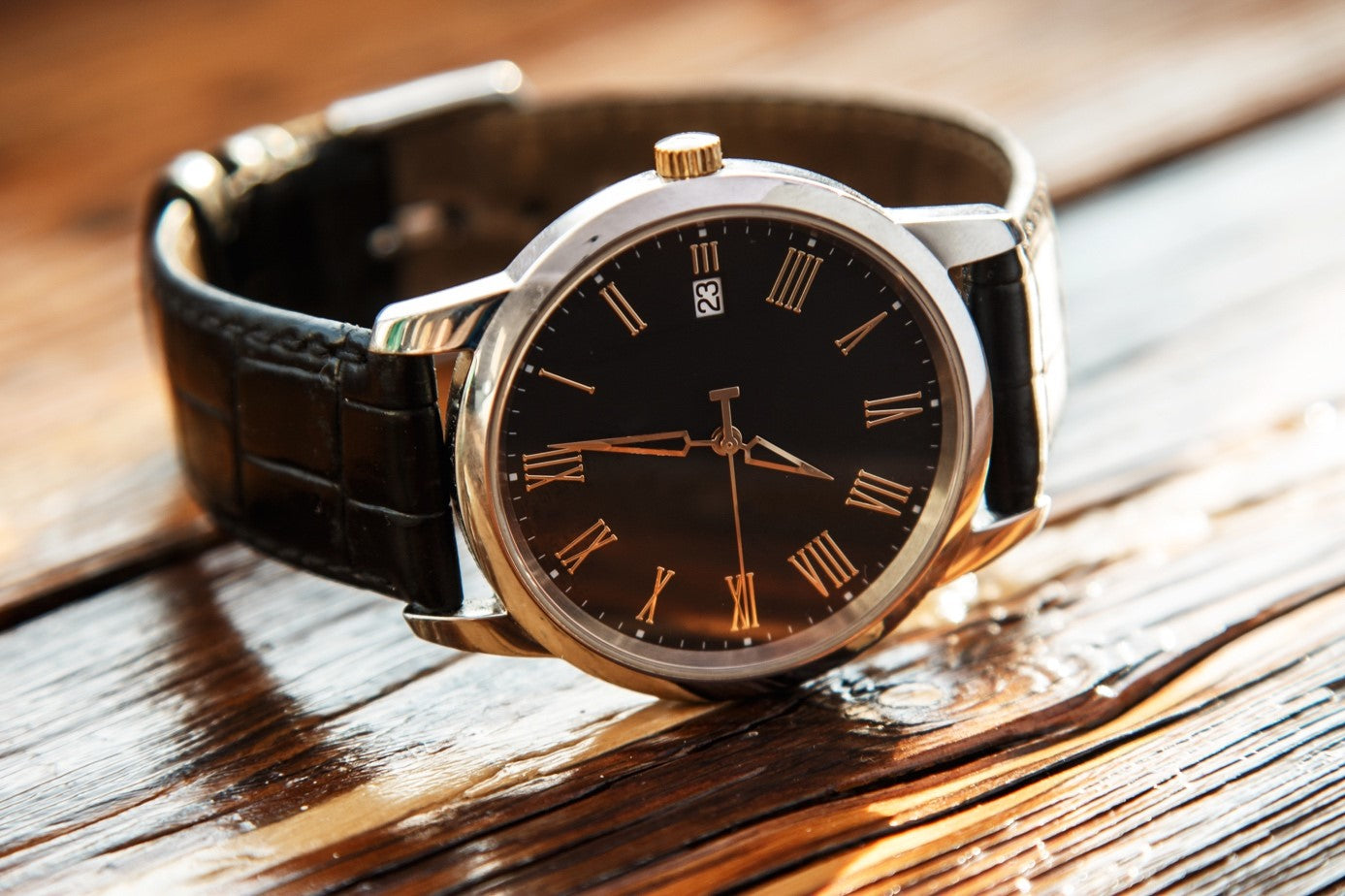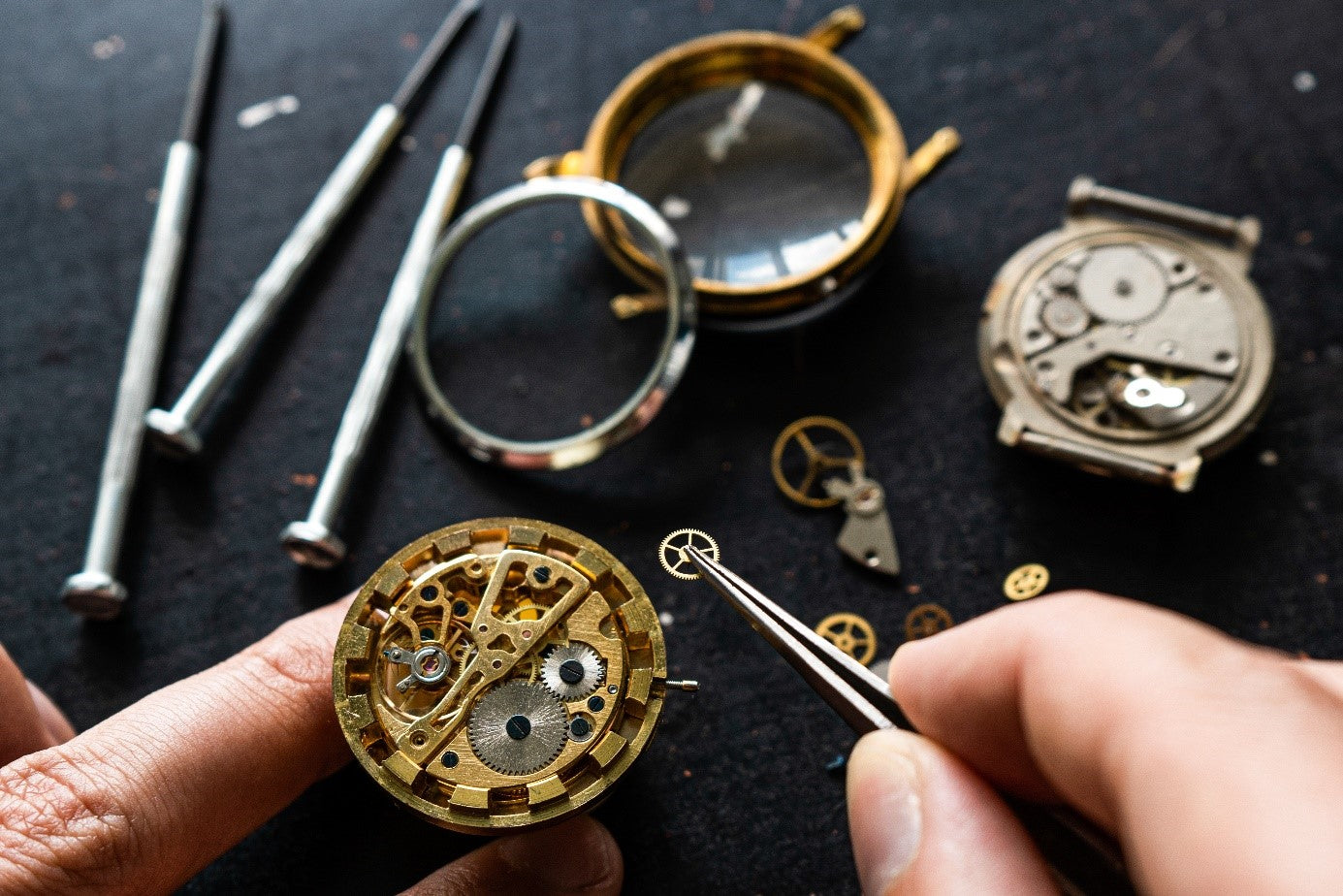Mechanical Watches - timeless classics
Mechanical watches do not use batteries and thus protect the environment. The luxurious timepieces have always been popular collectors' items, which is why the value of some vintage mechanical watches has increased over the years.
Mechanical watches - the return of classic elegance
Wristwatches and pocket watches were operated mechanically alone for a long period of time. This changed with the invention of the quartz watch, which could show the time more accurately and was cheaper to manufacture. It largely replaced the mechanical watch. However, in the late 1980s, enthusiasts and collectors began to return to the charm and incomparable quality of mechanical watches. The production required a special technique, which they valued and for which they accepted inaccuracies in the time display.
However, many manufacturers had already switched to the production of quartz watches to keep up with the preferences of society. Therefore, enthusiasts mostly bought and sold remaining stocks at flea markets and collectors' meetings. Due to the decreased demand, qualitative masterpieces were sold here for some time at very reasonable prices.
A few years later, the general population seemed to lose more and more interest in quartz watches. They looked out for the tried and tested mechanical watches, to which manufacturers responded with new models. In them, they combined the timeless quality of mechanical movements with more modern designs and paved the way for a sustained return of classic watchmaking.
The classic - the mechanical watch with manual winding
Mechanical wristwatches and pocket watches receive their energy from mainsprings that can be wound by hand. The mainspring then stores the supplied energy and passes it on in portions to the gear train. This is controlled by a small ratchet, which prevents the spring from unwinding immediately. The power is now translated by the gear train, which has been set to rotate 360 degrees within one minute. The gear train itself is controlled by the escapement. It ensures that it moves steadily, but at the same time does not run off unchecked. Finally, the escapement is connected to the balance wheel, to which it transmits small pulses of force. As a result, the balance oscillates back and forth and sets the beat for the watch.
Mechanical watch with manual winding was the only form of the watch for a long time. Well-known manufacturers still produce them, because this means the watch only needs a flat case and this flatters the design. The movement must be wound at least every eight days, so that the watch does not stop. If it is not used for a long time, it can also be easily rewound. Batteries are not needed for this model.
The revolution - the mechanical watch with automatic winding
The classic mechanical watch has been further developed over the years. Thus, the automatic winding was invented, which supplies the movement with energy through movement. This eliminates the need to wind the watch by hand, but it is usually still possible as an option. The automatic winding system uses a flywheel mass, which is made to rotate by the force of gravity. The rotation causes it to wind the mainspring, which in turn stores the energy.
The mechanical watch with automatic winding can be conveniently wound by the daily movement and also does not require batteries. In addition, due to the steady supply of energy, it is often more accurate than a model with manual winding.

